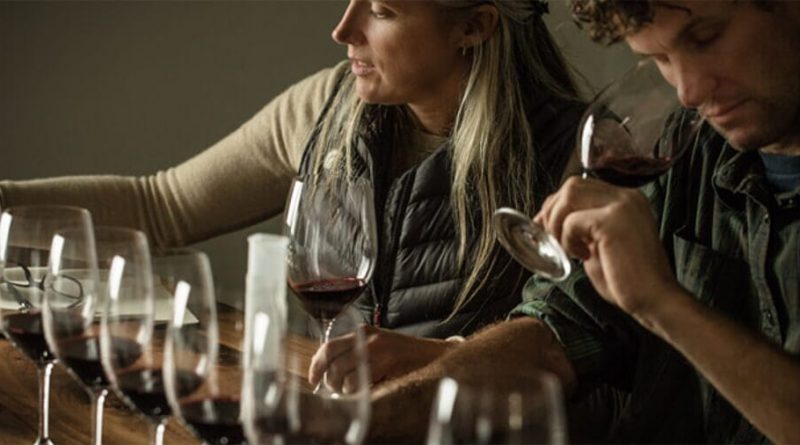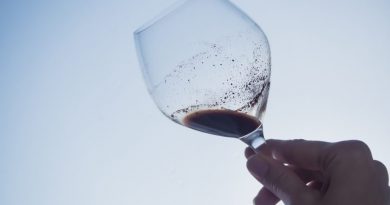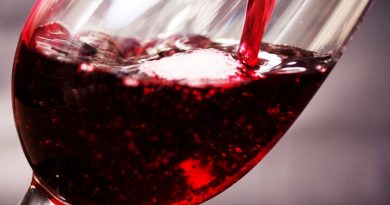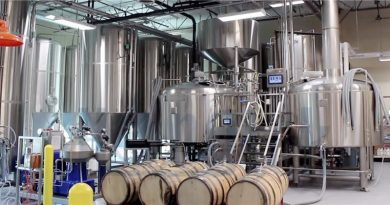Guide to the Most Essential Wine Tasting Terms
The profound investigation of wine, or “ecology,” can appear to be an overwhelming endeavor for even an accomplished aficionado. Notwithstanding, wine sweethearts need not arrive at a sommelier level of mastery to become able when assessing fine wine. Acquiring a more profound comprehension of the wine sampling process and focusing on a couple past the nuts and bolts wine sampling terms can incredibly upgrade your next wine sampling experience.
The Wine Tasting
At the point when you figure out how to appropriately taste wine, a totally different world will open up. With training, you’ll before long dazzle visitors and feasting friends by having the option to recognize blemishes, varietals, and even make a ballpark estimation about a wine’s age!
The unmistakable characteristics of wine become clear through a tester’s feelings of smell, taste, and sight. Every individual might leave away with an alternate assessment on their general inclination for a given wine, however, each wine’s essential characteristics are ordinarily settled upon by testers.
Planning for a Wine Tasting
On the off chance that you go to a wine sampling occasion at a winery or one more regarded vintner, your host will have gone to considerable lengths to serve each wine as per its remarkable, optimal conditions. You can establish the appropriate climate for a wine sampling at home, also. You’ll need to consider:
Temperature
If a wine is served at too high a temperature, the liquor flavor can overpower the wine’s different viewpoints, having the tester with the feeling that the wine is inadequate with regards to profundity. A wine that is served too cold can experience a comparable misfortune in taste.
By and large, full-bodied red wines ought to be served between 60-65 degrees Fahrenheit, fruity red and white wines at 50-60 degrees, and light, dry white wines at only 40-50 degrees. Take a stab at checking the winery’s site or an internet-based wine guide for explicit proposals.
Air
Attempt to establish an impartial climate for your wine sampling. A calm, interruption-free environment takes into account better fixation. Consider contending smells, too. The fragrance of solid aroma, deodorizer, or even a close-by chimney can lose a tester’s discernment.
Glass molding
Really take a look at glasses for lucidity. In the event that they appear to be shady, give them a speedy flush with wine.
Observe the encompassing temperature. In case it’s a hot day and your wine sampling is outside, you might need to store glasses in a fridge when serving dry white wines, for instance. The opposite remains constant when the air temperature is colder than the wine you’re serving. Think about putting resources into a moment-read thermometer to actually take a look at the wine’s temperature.
The Wine Tasting Process
There are four principle assessments to consider during a wine sampling:
Sight
After the pour, knowledgeable wine testers look hard and long at the wine in the glass, assessing it from different points: straight-on, from the side, at a point, and by the manner in which it seems as though when whirled in the glass. This assessment can uncover data about a wine’s thickness, age, and weight. For the most part, wine with a reasonable, splendid “shimmer” is possible a quality wine.
Smell
Assessing the intricate fragrances in a wine may be the most troublesome strategy to consummate. Wine testers will take in the fragrance of wine by means of a few short sniffs followed by a snapshot of consideration away from the glass.
The smell of a wine can give an accomplished tester piece of information about its age, quality, and surprisingly how the wine was put away before it was packaged. Sniffing a wine can likewise make you aware of defects in the wine, including whether it was packaged too soon, waste, or acidic and severe flavors that can highlight a lower nature of wine. While sniffing a wine, you’re searching for a ready aroma with no “off” harsh, stale smelling, or acidic scents.
Taste
The universally adored piece of the experience, tasting the wine, unites every one of the faculties. Here, you’ll need to take simply a taste of wine and depend on your taste buds to give you further hints about the current wine, and all the more significantly, regardless of whether it’s a wine you’d appreciate drinking by the glass. Wine devotees are frequently looking for a wine with amicable, complex flavors that “dance,” or develop, in the mouth.
At the point when each of the three faculties adjusts, you’ve run over a “complete” wine – one that has an enduring completion, a satisfying fragrance, and a traditionally wonderful shimmer.
Normal Wine Tasting Terms
At the point when you’ve encountered a few tastings fully intent on acquiring wine information, you’ll have the option to assess the quality and equilibrium of a given wine with more certainty. En route, you make certain to experience a few normal wine sampling terms:
Causticity: the poignancy of a wine. Is it fresh or “out of shape” tasting?
Air circulation: Introducing oxygen into the wine by allowing it to blend in with air. Certain individuals call this progression “opening up” a wine. Air circulation can be accomplished with particular air circulation apparatuses or by just tapping a jug of wine into another pouring vessel.
Moniker: Where a wine began geologically.
Body: A “mouthfeel” assessment. Does the wine have a full, medium, or light body in your mouth?
Bouquet: The general fragrance of wine.
Finish: The perseverance of a wine’s lingering flavor. At the point when the character waits, the wine is said to have a long completion, while a wine with little waiting lingering flavor has a short completion.
Even/vertical tasting: Horizontal tasting incorporates testing wines from a particular year made by various wineries, typically situated in similar districts as each other. Vertical tasting alludes to an examination of different wines from a solitary winery with varying vintages.
Jammy: instead of a “fruity” wine, which has all the more a new natural product flavor, a jammy wine offers a cooked organic product taste.
Minerality/naturalness: Wines with solid minerality are said to have a stone-impacted smell and taste, while hearty wines bring the taste and fragrance of soil to mind.
Legs: The dashes of wine are left on the glass when the wine is swirled. Wines with more legs contain more liquor and glycerin, which frequently prompts a thick, striking tasting wine.
Oaked: Wine that has been matured in oak barrels.
Oxidation: Occurs when a wine has been overexposed to oxygen. Oxidation is a negative quality in many wines, however, sherry is an exemption from this guideline.
Residue: the coarseness in some cases found at the lower part of a wine bottle. Shockingly, dregs are frequently a positive trait, a sign that the wine has gone through less handling.
Tannins: The mixtures in the seeds and skins of grapes. Tannins are more unmistakable in red wines versus white. More tannins mean a dryer wine. Wines can turn out to be excessively tannic.
Terroir: The impact of the locale where the grapes were developed influences a wine’s characteristics.
Varietal: A grape assortment. Normal varietals incorporate cabernet sauvignon, merlot, chardonnay, and pinot noir.
Vintage: A wine created from grapes gathered in a solitary year. Non-vintage wines incorporate grapes reaped from several years.




